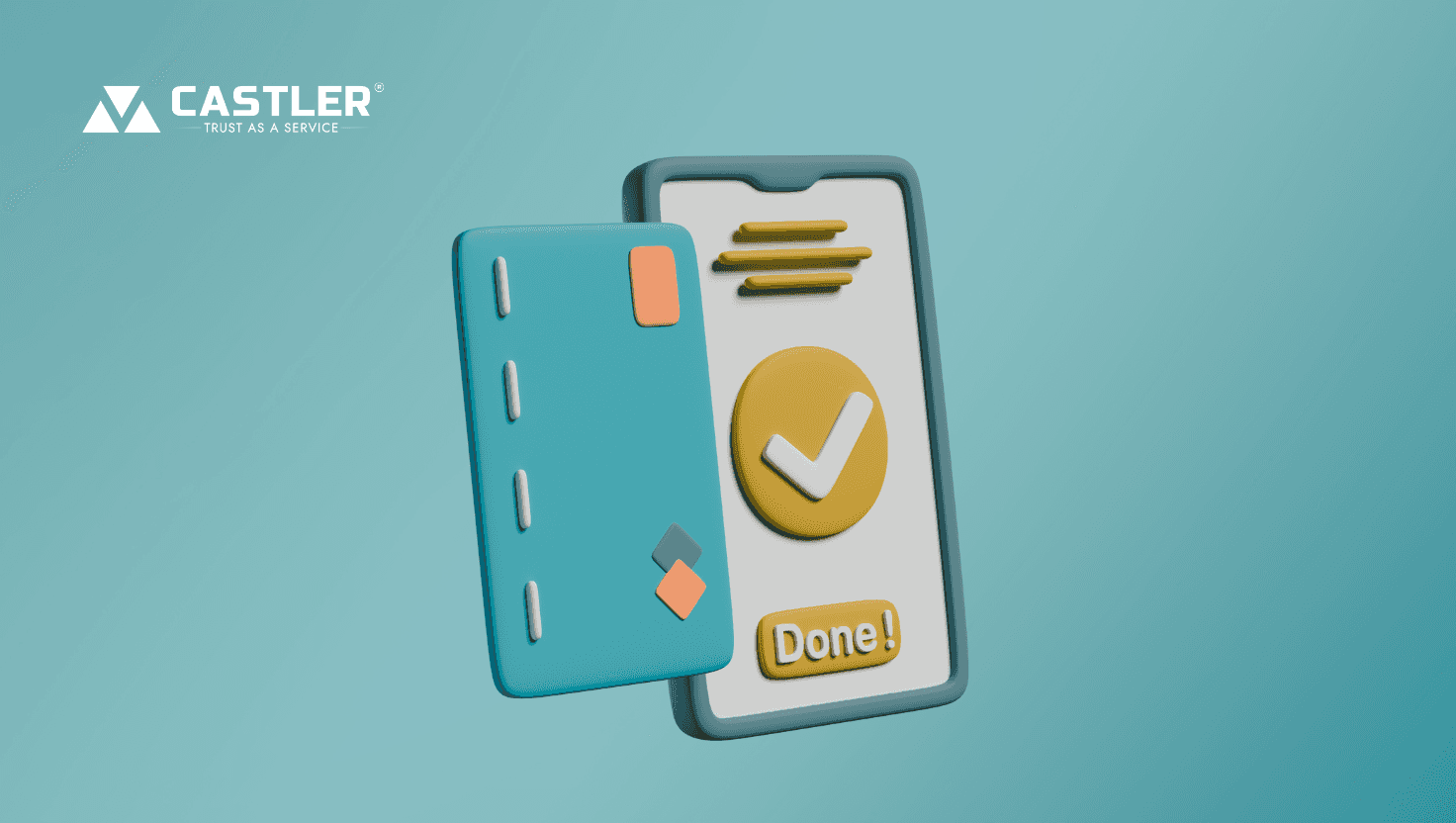Escrow Basics
|
May 28, 2025
-
6 MINS READ

With the rapidly changing digital landscape of today, disaster recovery (DR) has emerged as a key focus point for organizations aiming to ensure business continuity and secure sensitive information. Cloud technology has brought about a revolution in how organizations are approaching disaster recovery, changing it from a hardware-centric, intricate process into an adaptable, effective, and scalable solution.
This blog examines the critical place of cloud computing in current disaster recovery plans, pointing to best practices, control points, and the cultural changes organizations must adopt in order to effectively prepare.
Why Disaster Recovery Matters More Than Ever
Since companies are becoming more and more dependent on digital systems and data-driven operations, the possibility of data loss, system collapse, cyberattack, or natural disasters poses an ever-growing threat. Conventional DR strategies used to mean physical facilities, offsite replication, and manual processes, which might take time to implement and be fault-prone. Additionally, these approaches used to be less agile in responding to the fast-changing requirements of contemporary enterprises.
Cloud technology provides a paradigm shift, allowing organizations to take advantage of virtualized environments that are highly available, fast deployable, and cost-efficient. With cloud-based disaster recovery, firms can have near real-time backup and recovery, automate failover operations, and maintain continuous availability of mission-critical applications and data.
Constructing a Resilient Disaster Recovery Framework in the Cloud
To take advantage of the complete benefits of cloud-based disaster recovery, firms need to incorporate several significant components into their framework:
1. Compensatory Controls and Mitigation of Human Error
Despite the latest technology, human error is still the leading cause of security events and data breaches. In response, it's important to implement compensatory controls like multi-factor authentication, role-based access controls, and segregation of duties. These controls serve as a safety net to mitigate the effects of both accidental or deliberate errors.
Customer data anonymization and masking via synthetic data sets also serve to safeguard sensitive data without compromising operational effectiveness. Ongoing monitoring and governance with regular audits and quarterly system access reviews further enhance the security stance.
2. Training and the Culture of Mock Drills
Technology, by itself, will not assure disaster recovery readiness. A robust training and drill culture is essential. Routine exercises—both tabletop and live drills—are necessary to equip teams with the skills necessary to respond effectively in emergencies. The exercises challenge not only technical recovery procedures but also communication, coordination, and decision-making between departments like operations, HR, marketing, and leadership.
The military comparison is in point here: "The more you sweat in peace, the less you bleed in war." Regular training minimizes the likelihood of a breach and maximizes the capacity to contain and isolate incidents rapidly when they do arise.
3. Failover Testing and Backup Validation
Data backup is just half the fight; organizations need to regularly validate backups and failover systems to ensure they are functioning when required. Automated failover to secondary cloud servers and validated recovery processes reduce downtime and data loss to a great extent. The validation process is generally ignored but is critical to actual disaster recovery readiness.
4. Cybersecurity and Disaster Recovery Integration
Disaster recovery and cybersecurity complement each other. Cloud-native platforms allow sophisticated security features like penetration testing, red teaming, and cyber audits. Red teaming, which began as a military term, consists of mimicking attacks to detect flaws and fortify defenses. Adding these forward-looking cybersecurity protocols to DR plans bolsters global resilience against increasing threats.
5. Leadership and Incident Response Coordination
Solid disaster recovery calls for role clarification and strong leadership. Incident management teams, communication teams, and operational units work in sync to provide a structured response during an event. Involvement of the leaders in crisis exercises ensures that decision-makers know how to handle recovery operations under stress.
The Cloud Advantage: Scalability, Flexibility, and Cost Efficiency
Cloud disaster recovery isn't so much about technology — it's about empowering businesses to respond quickly under duress. With cloud DR, businesses can scale resources up or down based on the severity of the incident and business requirements. This flexibility eliminates the expense of dedicated hardware for backup alone.
Additionally, cloud-native DR solutions often come with automation capabilities that reduce manual intervention, decrease human error, and accelerate recovery times. Automated source code escrow and cloud backups further ensure continuity of critical applications, providing peace of mind that operations can resume without disruption.
Establishing a Robust Cloud-Driven DR Strategy
Implementing cloud for disaster recovery is not an option but a necessity for those organizations seeking to remain competitive and secure. Establishing a solid cloud-based DR strategy entails:
Incorporating stringent access controls and data masking practices.
Fostering ongoing training and simulation drills across the board.
Testing backups and failovers on a regular basis.
Including cybersecurity evaluations in DR plans.
Providing leadership engagement and open communication channels.
This holistic strategy will enable organizations to weather crises, safeguard customer information, and ensure operational resilience regardless of the challenge.
Ready to Go Deeper?
Listen to the complete discussion on "The Role of Cloud in Modern Disaster Recovery" in our Episode 5 of Escrow Talks. Learn valuable insights on how cloud technology is transforming disaster recovery and gain actionable tips on how to fortify your organization's readiness.
Watch the episode now and strengthen your DR strategy!
Watch the full video here:
Written By

Chhalak Pathak
Marketing Manager




